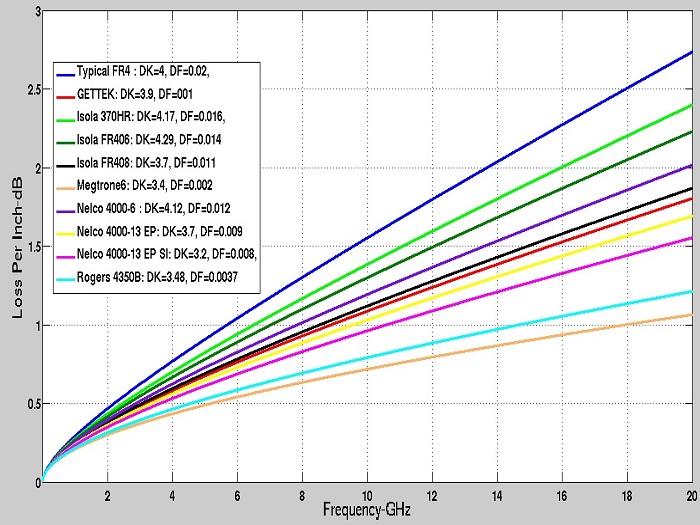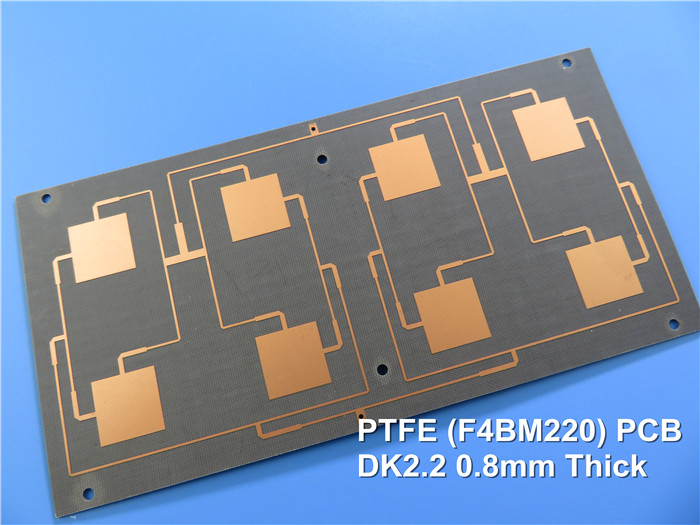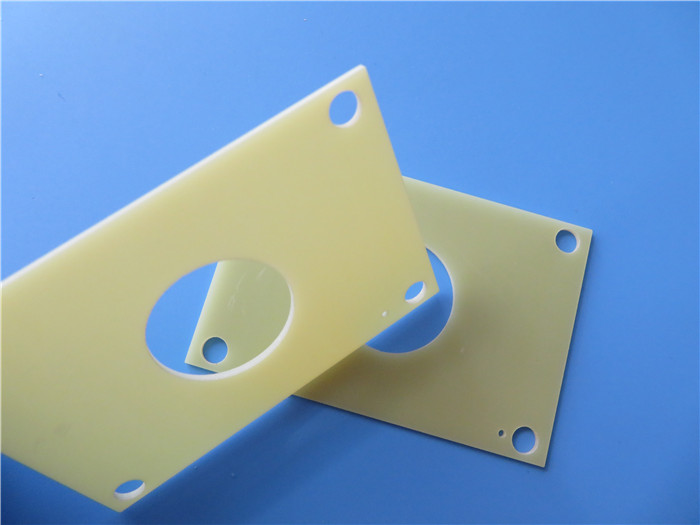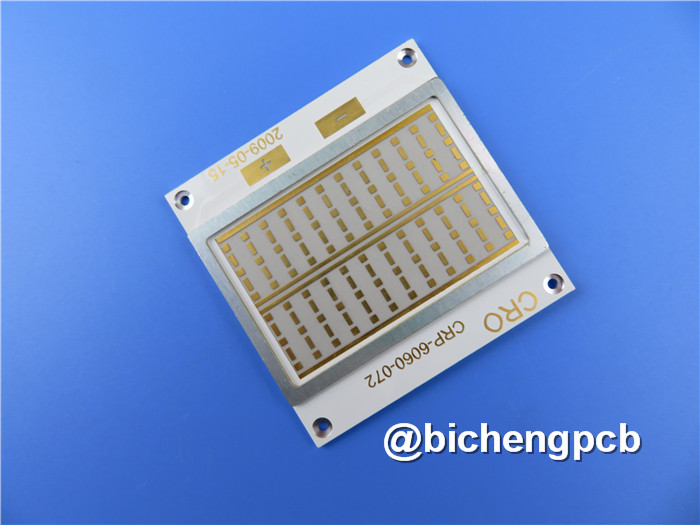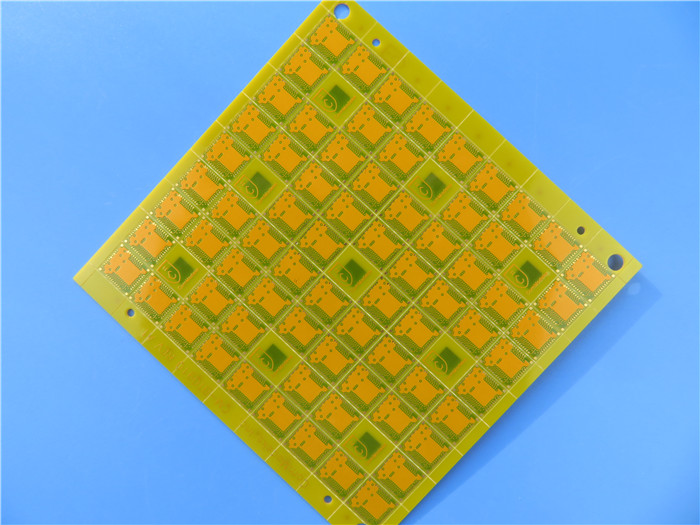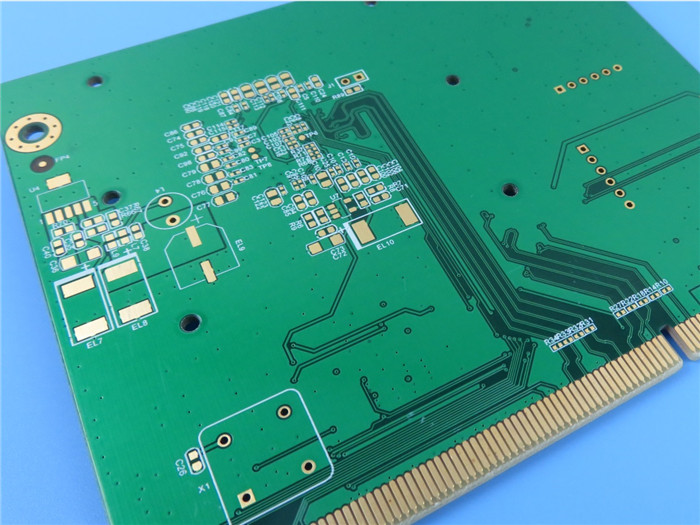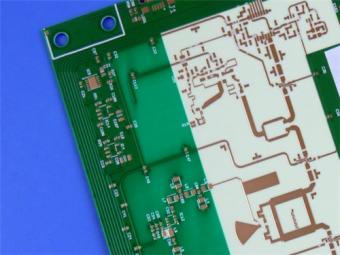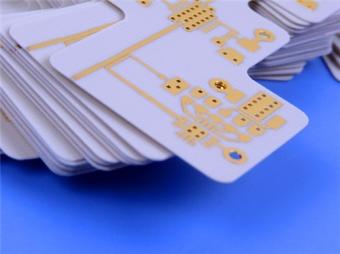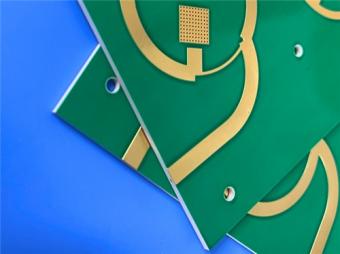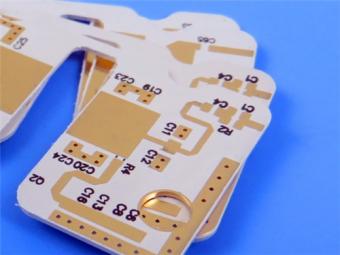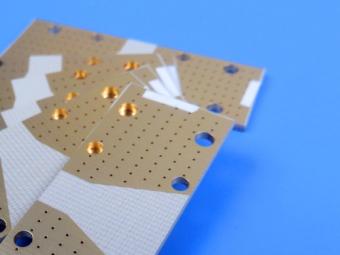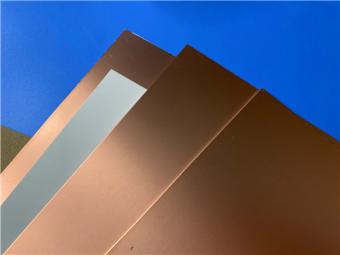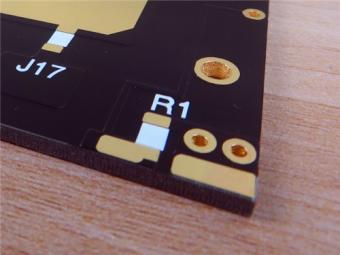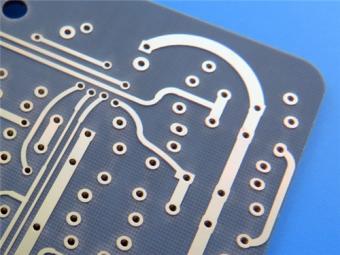What is the base material of a metal core PCB?
What is the base material of a metal core PCB? Metal-core PCB commonly use aluminum-based, iron-based (including silicon steel), copper-based, and CIC as the base substrate. 1.Aluminum-based substrate The most commonly used aluminum-based substrates for manufacturing metal-core PCBs are LF, L4M, and LY12, which require a tensile strength of 294N / mm. The elongation is 5%, and the thicknesses generally used are four specifications of 1mm, 1.6mm, 2mm, and 3.2mm. Generally, the thickness of the aluminum layer commonly used in the aluminum-based PCB used for communication power is 140um, and copper foil is attached above and below. 2. Copper-based substrate The commonly used copper-based substrates have a tensile strength of 245 to 313.6 N / mm2, an elongation of 12%, and generally five thicknesses of 1 mm, 1.6 mm, 2 mm, 2.36 mm, and 3.2 mm. 3.Iron-based substrate Generally used in production are cold-rolled rolled steel plates, which are low-carbon steels with thicknesses of 1mm and 2.3mm, or phosphorus-containing iron-based thicknesses of 0.5mm, 0.8mm, and 1.0mm. 4. Features of metal core PCB Heat dissipation Conventional PCB substrates are generally poor thermal conductors, and the heat dissipation from the interlayer insulation material is very slow. The internal heat of various electronic equipment and power equipment cannot be eliminated in time, resulting in high-speed component failure. The metal core PCB has good heat dissipation. The metal core has large thermal capacity and high thermal conductivity, which can quickly dissipate the heat inside the board. If the metal core is connected to the case and the external heat sink, the heat dissipation effect is better. Because electronic equipment and communication systems use metal-core PCBs, the fans in the equipment can be eliminated, the size of the equipment is greatly reduced, and the efficiency is improved, which is especially suitable for electronic equipment with closed chassis. Thermal expansion Thermal expansion and contraction are the common characteristics of materials, and the thermal expansion coefficients of different materials are different. PCB is a composite material composed of resin, reinforcing material, and copper foil. Its thermal expansion coefficient is anisotropic. In the XY axis direction, the thermal expansion coefficient CTE of PCB is 13 × 10-6 ~ 18 × 10-6 / ℃. The thickness direction (Z-axis direction) is 80 × 10-6 to 90 × 10-6 / ° C, the CTE of copper is 16.8 × 10-6 / ° C, and the CTE of the sheet-shaped ceramic body is 6 × 10-6 / ° C. From these data, it can be seen that the CTE of the metalized hole wall of the PCB and the connected insulating substrate in the z-axis is very different. If the heat generated cannot be eliminated in time, thermal expansion and contraction will easily cause the metalized hole wall plating to crack or disconnect. When soldering a ceramic chip carrier device on a PCB, due to the difference between the device and the PCB material CTE,...

 Call Us Now !
Tel : +86 755 27374946
Call Us Now !
Tel : +86 755 27374946
 Order Online Now !
Email : info@bichengpcb.com
Order Online Now !
Email : info@bichengpcb.com

